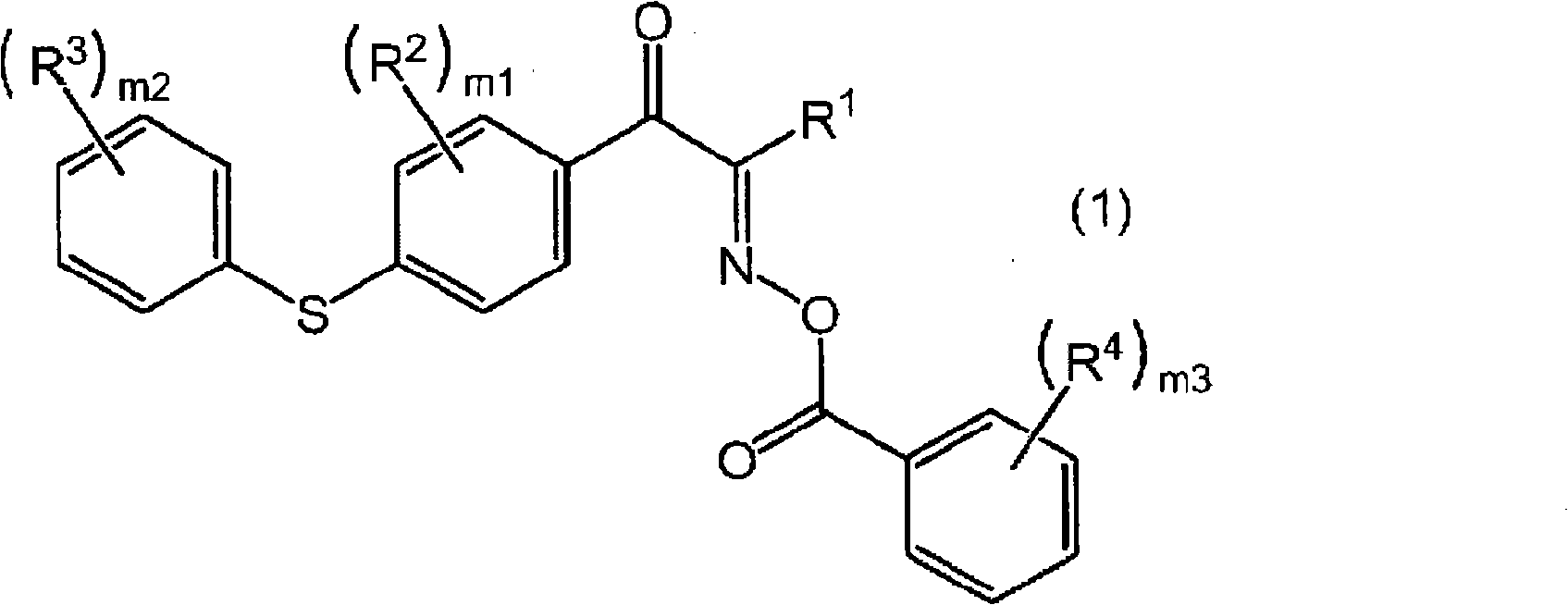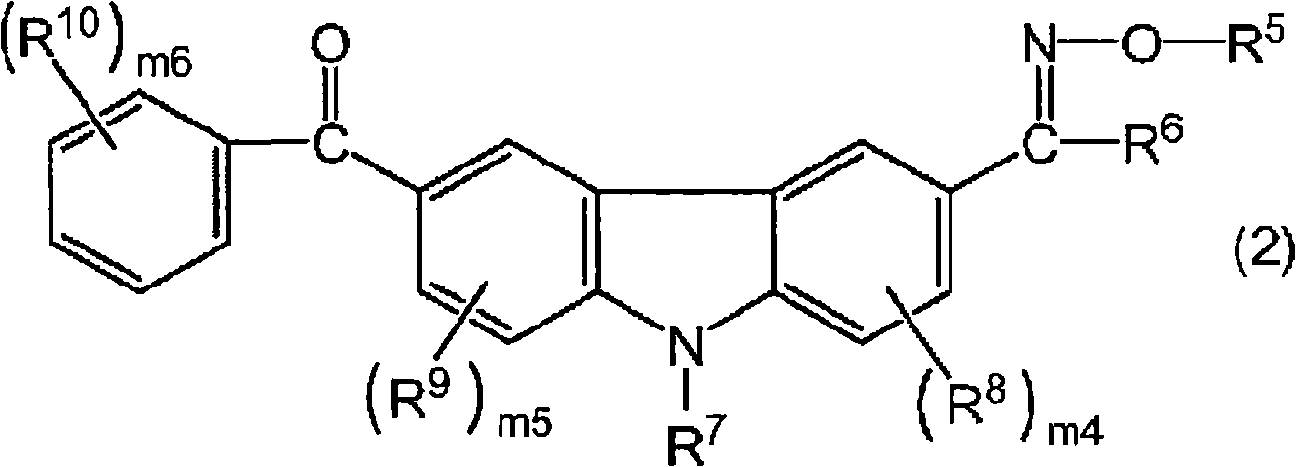Photosensitive resin composition, photosensitive element, method of forming resist pattern, and process for producing printed wiring board
A technology of photosensitive resin and composition, which is applied in the field of photosensitive resin composition, which can solve the problems of anti-corrosion image confusion, reduced adhesion, easy air entrapment, etc., and achieve the effect of excellent electrical characteristics
- Summary
- Abstract
- Description
- Claims
- Application Information
AI Technical Summary
Problems solved by technology
Method used
Image
Examples
Embodiment
[0226] Hereinafter, the present invention will be more specifically described based on examples and comparative examples, but the present invention is not limited to the following examples.
Synthetic example 1
[0228] Add 475 parts by mass of YDF2001 (manufactured by Dongdu Chemical Industry Co., Ltd., bisphenol F type epoxy resin, which is Y in the general formula (5) 2 = glycidyl, R 12 = hydrogen atom), 72 parts by mass of acrylic acid, 0.5 parts by mass of hydroquinone, and 120 parts by mass of carbitol acetate were heated and stirred at 90° C. to dissolve the reaction mixture. Next, the obtained solution was cooled to 60 degreeC, 2 mass parts of benzyltrimethylammonium chlorides were added there, it heated again at 100 degreeC, and it was made to react until the solid content acid value became 1 mgKOH / g. Furthermore, 98 parts by mass of maleic anhydride and 85 parts by mass of carbitol acetate were added, heated to 80° C., and reacted for about 6 hours. Then, it was cooled to room temperature and diluted with carbitol acetate to a solid content concentration of 60% by mass to obtain a carboxylic acid-modified bisphenol F type epoxy acrylate (hereinafter referred to as "epoxy acr...
Synthetic example 2
[0230] Add 220 parts by mass of YDCN704 (manufactured by Dongdu Chemical Industry Co., Ltd., cresol novolac type epoxy resin, which is Y in the general formula (4) 1 = glycidyl, R 11 = methyl compound), 72 parts by mass of acrylic acid, 1.0 parts by mass of hydroquinone, and 180 parts by mass of carbitol acetate were heated and stirred at 90° C. to dissolve the reaction mixture. Next, the obtained solution was cooled to 60° C., 1 part by mass of benzyltrimethylammonium chloride was added thereto, and it was heated to 100° C. and reacted until the solid content acid value became 1 mgKOH / g. Furthermore, 152 parts by mass of tetrahydrophthalic anhydride and 100 parts by mass of carbitol acetate were added, heated to 80° C., and reacted for about 6 hours. Then, it was cooled to room temperature, and diluted to a solid content concentration of 60% by mass with carbitol acetate to obtain a carboxylic acid-modified cresol novolak-type epoxy acrylate (hereinafter referred to as "cycl...
PUM
| Property | Measurement | Unit |
|---|---|---|
| wavelength | aaaaa | aaaaa |
| wavelength | aaaaa | aaaaa |
| acid value | aaaaa | aaaaa |
Abstract
Description
Claims
Application Information
 Login to View More
Login to View More - R&D
- Intellectual Property
- Life Sciences
- Materials
- Tech Scout
- Unparalleled Data Quality
- Higher Quality Content
- 60% Fewer Hallucinations
Browse by: Latest US Patents, China's latest patents, Technical Efficacy Thesaurus, Application Domain, Technology Topic, Popular Technical Reports.
© 2025 PatSnap. All rights reserved.Legal|Privacy policy|Modern Slavery Act Transparency Statement|Sitemap|About US| Contact US: help@patsnap.com



